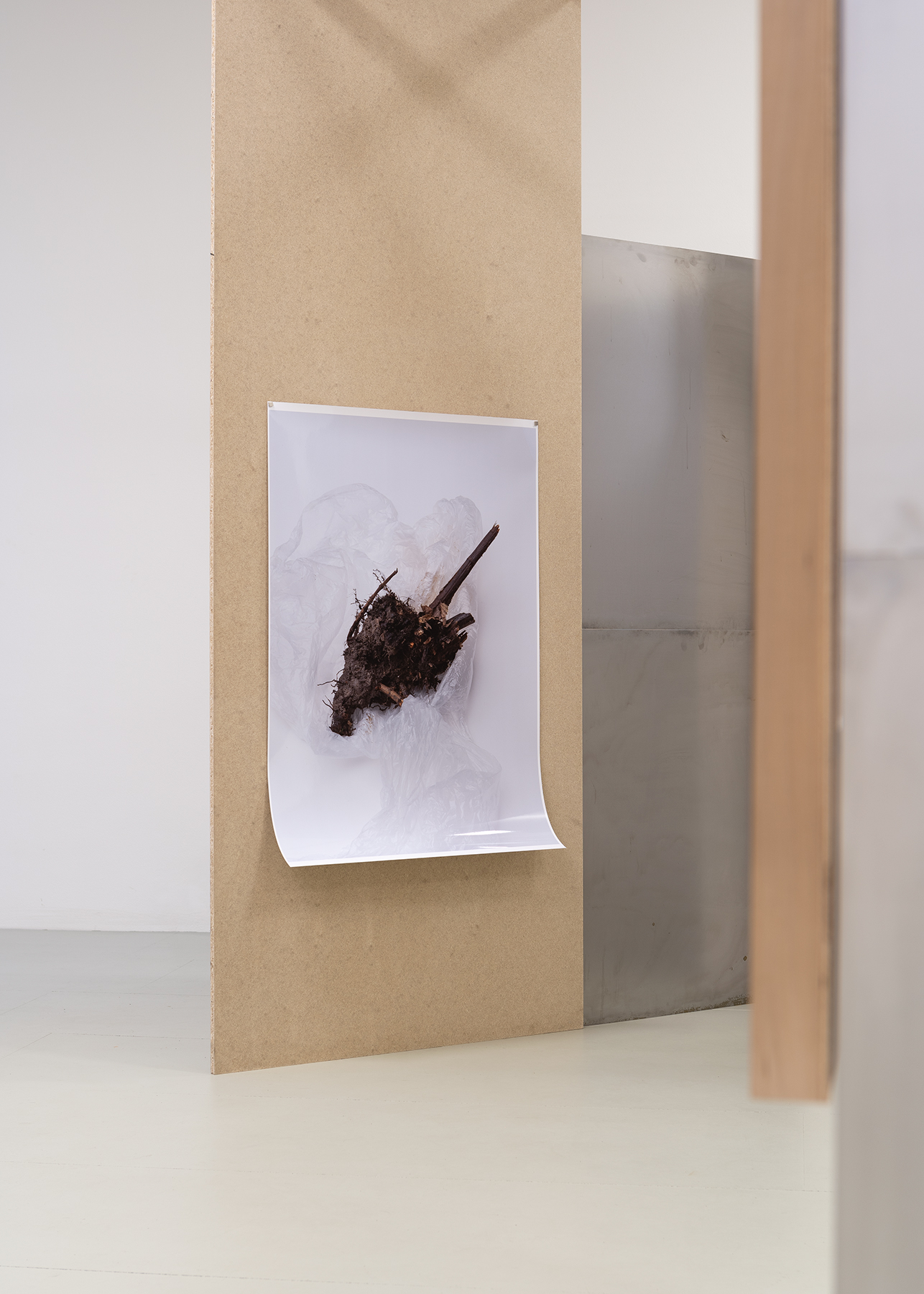Maybe it Doesn’t Matter That the Shadow is Missing
Center for Contemporary Arts Prague
Curators: Sráč Sam, Denisa Bytelová
15. 12. 2021 – 6. 2. 2022
Artists: Libuše Jarcovjáková, Markéta Kinterová, Karolína Rossí, Jan Dienstbier, Lukáš Kubec, Ondřej Vinš, Adam Vačkář
![]()
![]()
![]()
![]()
![]()
![]()






We dwell upon what is going to happen, we concede a degree of randomness and we do not banish the unexpected. Do we present historical events, or merely scenes and productions? The still life as a sign that the furnishing and fittings of a home are complete, it is now cosy and decorated. However low-brow this may appear to us, a closeness to the viewer is confirmed regardless of the quality of the work of applied art, or the reproduction or mutation thereof. The responses that this genre provokes are imperceptible, the still life is often perceived merely as providing atmosphere. Intrinsically art, probably on the verge of applied art.
Art in its diversity offers a host of answers that cannot be found elsewhere. In this respect, individual genres act as orienting categories for our search. During Advent, we decided to focus on the still life, a genre that has long held a fascination for us thanks to its prevalence, popularity, and the range of contradictions embodied in its essence.
The still life tends to be a safe haven for the gaze. An inclination for certain types tells us a lot about ourselves. We may be attracted to compositions over which we have full control, or, on the contrary, we may accept with pleasure objects found lying around for their emanation (or radiation, if you prefer Lenka) of being and randomness.
All the artists represented deal with this topic in an exhaustive way. We were mainly interested in the still life as it appears in photography, though we did not restrict ourselves to this domain. We invited Karolína Rossí to exhibit, who often creates installations reminiscent of enlarged still lifes. At the same time, her work embodies a meditative position that we consider a characteristic feature of this format.
We were impressed by Ondřej Vinš’s ability to combine his personal, almost scientific, interest in ancient texts with the commission and subsequent inscription in the work on show. This is a subtle, albeit very strong realisation of a fascination with preservation and the possibility of reading 3,500-old dreams, while simultaneously finding a language appropriate to this communication.
Though we approached Lukáš Kubec and Adam Vačkář via their charming floral still lifes, both felt the need to find new ways of expressing their feelings for this genre. Adam Vačkář focused on the phenomenon of Bolshevism and its cultural connotations in respect of the decolonisation of nature and the violent migration of plants and the primordiality thereof.
Lukáš Kubec carried out auto-regression and continued to archive innocence. This time it was not children’s faces before the lens, but the objects remaining after time spent with his daughter. These are not still lifes, but portraits of emotionally saturated objects. We do not even need to know the context to recognise that these records are almost epic in their economy.
An unexpected connection to Kubec’s portraits arose during the selection of work by Libuše Jarcovjáková. She provided us with the series Dreams of a Children’s Room, created in the mid-1990s. The cycle was created slowly and calmly against the backdrop of a house in Příbram. Seemingly random series are the outcome of repeated experiments and a fascination with the process of shooting the photos. The entire series, from which we have selected only a segment, is a rich period emotional document.
In comparison with the other exhibitors, Jan Dienstbier stands in for the position of the observer. He repeatedly searches for compositions existing in forests, which he frames with the format of a picture. In some respects the central composition, in which the trunks or stumps of trees figure, is crucial to his work.
Markéta Kinterová focuses mainly on public space from all perspectives. As regards still lifes, she reflected upon the transition between public and private and turned her gaze from a still life of the observed to a still life of the observer. Transformed urban images unfold against an endless background, and eyes suddenly appear at the level of our heads. The calm embrace of the genre is temporarily interrogated.
After a rich, though far from exhaustive, display of the possible positions of artistic seclusion, we may return to the calmness of our room and let the happiness of the micro-utopian stories implied in the still life evolve.
Denisa Bytelová